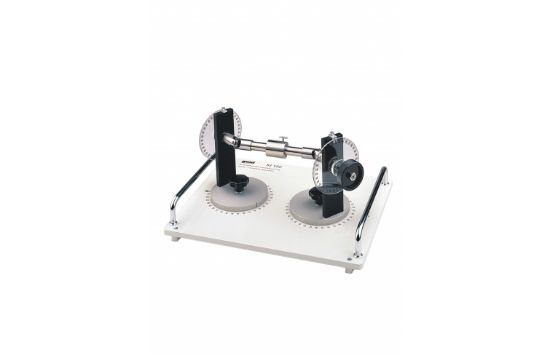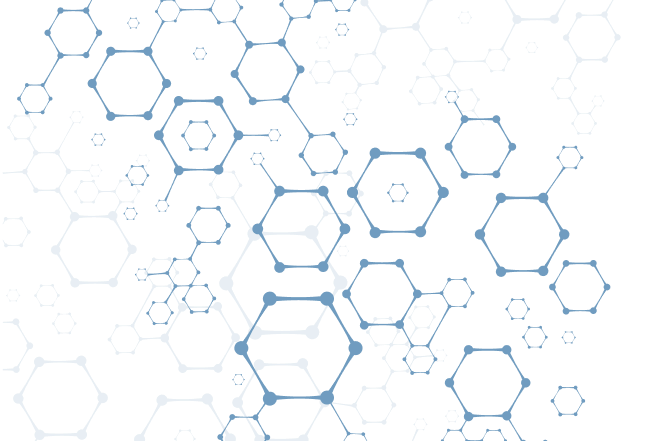Universal joint shafts are joint shafts that transfer a torque and a rotational motion. A universal joint combines two non-aligned shafts. In a universal joint, the torque and the speed are non-uniformly transmitted. This non-uniform transmission is called the gimbal error. This is remedied by using two universal joints connected to each other by an intermediate shaft. This combination is referred to as the cardan shaft or the universal joint shaft.
The KI 150 unit can be used to study a universal joint shaft. A universal joint is also known as Hooke’s coupling. The experimental unit comprises two universal joints with intermediate shafts. The arrangement of the universal joints and the deflection angle can be set using two rotary disks on the base plate.
On the drive side, the input angle is set and read by the drive universal joint. The intermediate shaft transmits the torque to the driven universal joint. The output rotation angle is read. The gimbal error is determined from the difference between the two angles.
The elements are mounted on a base plate. Two handles make it easy to carry the unit.

